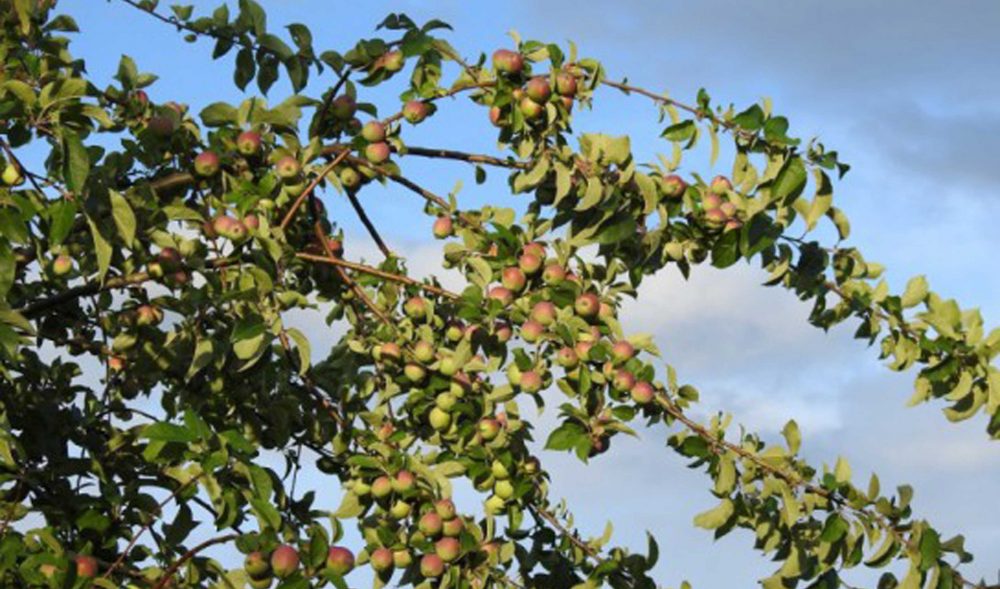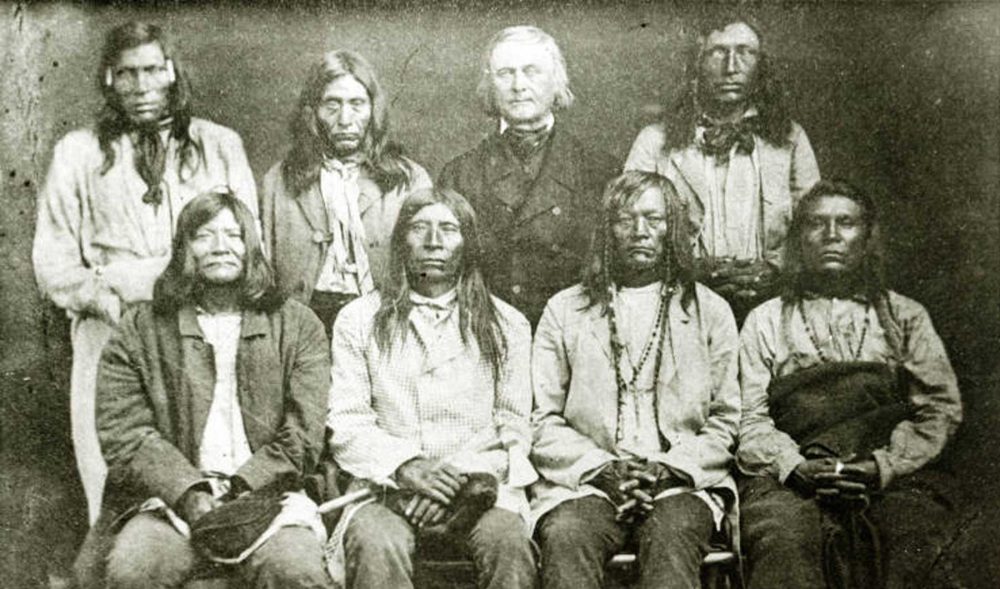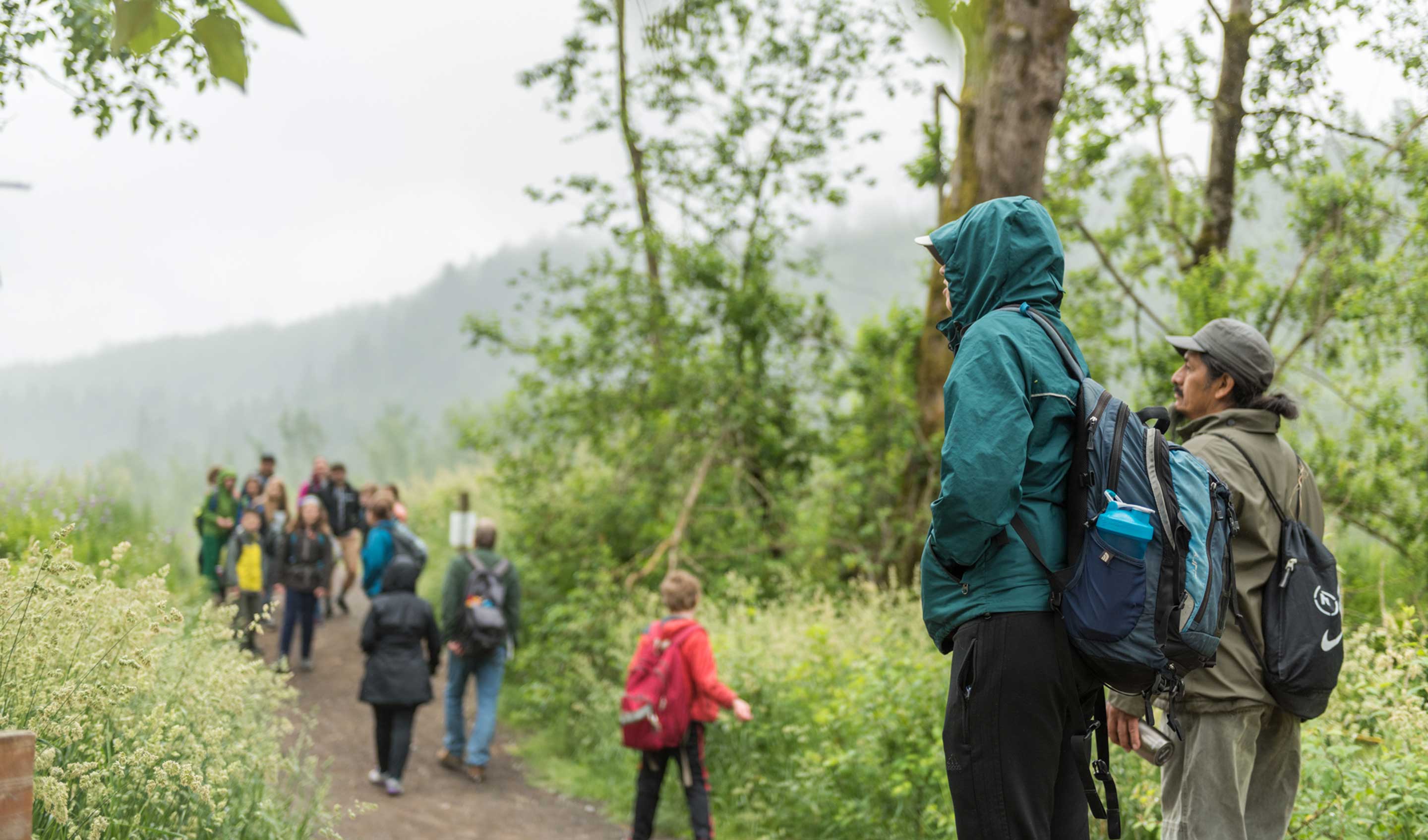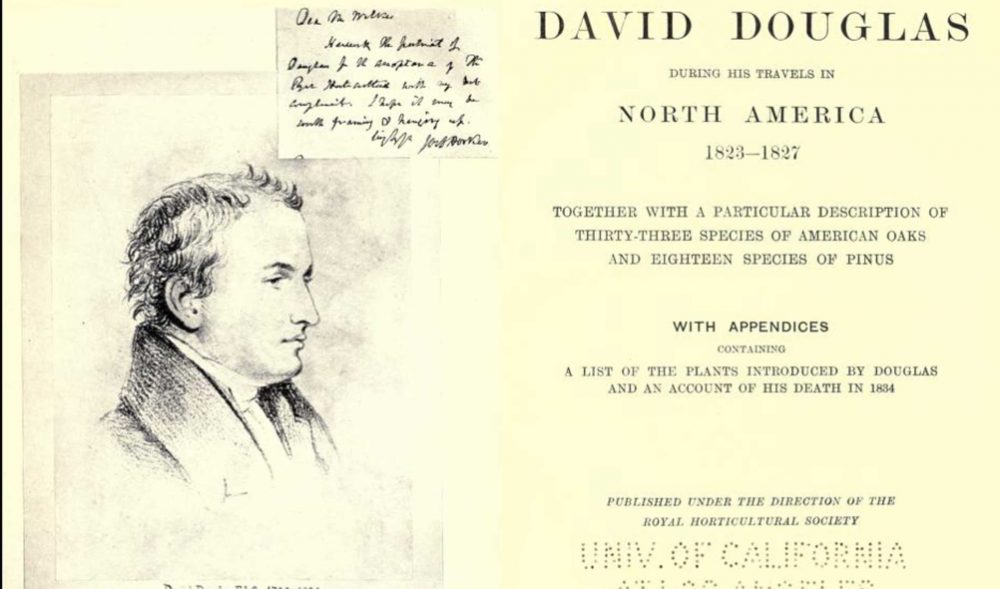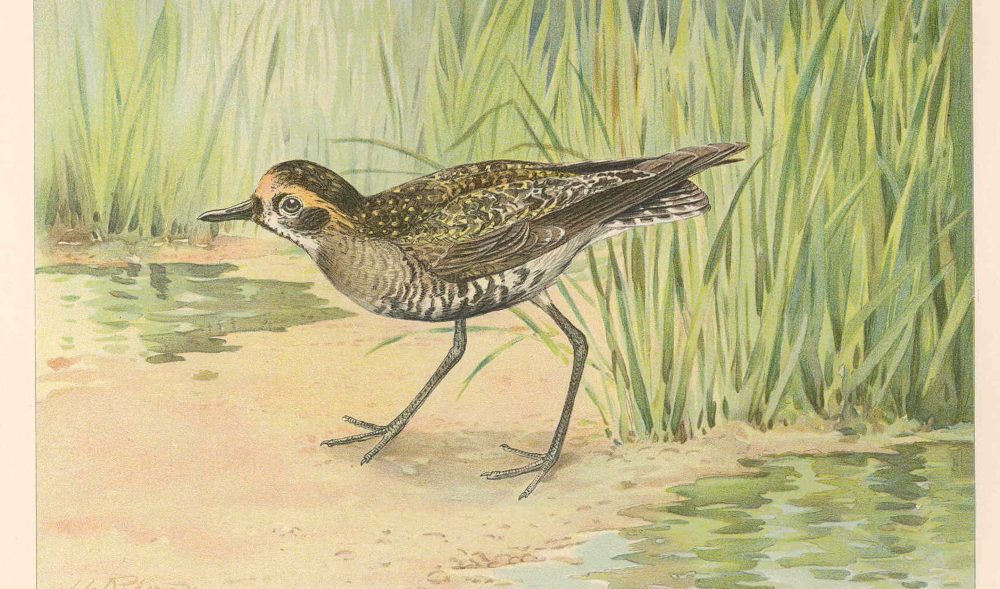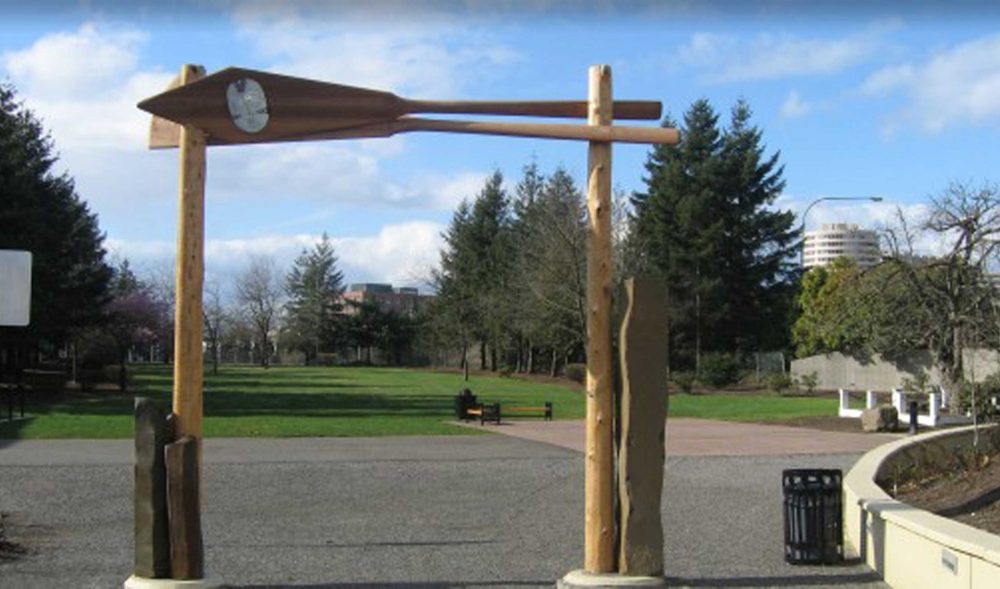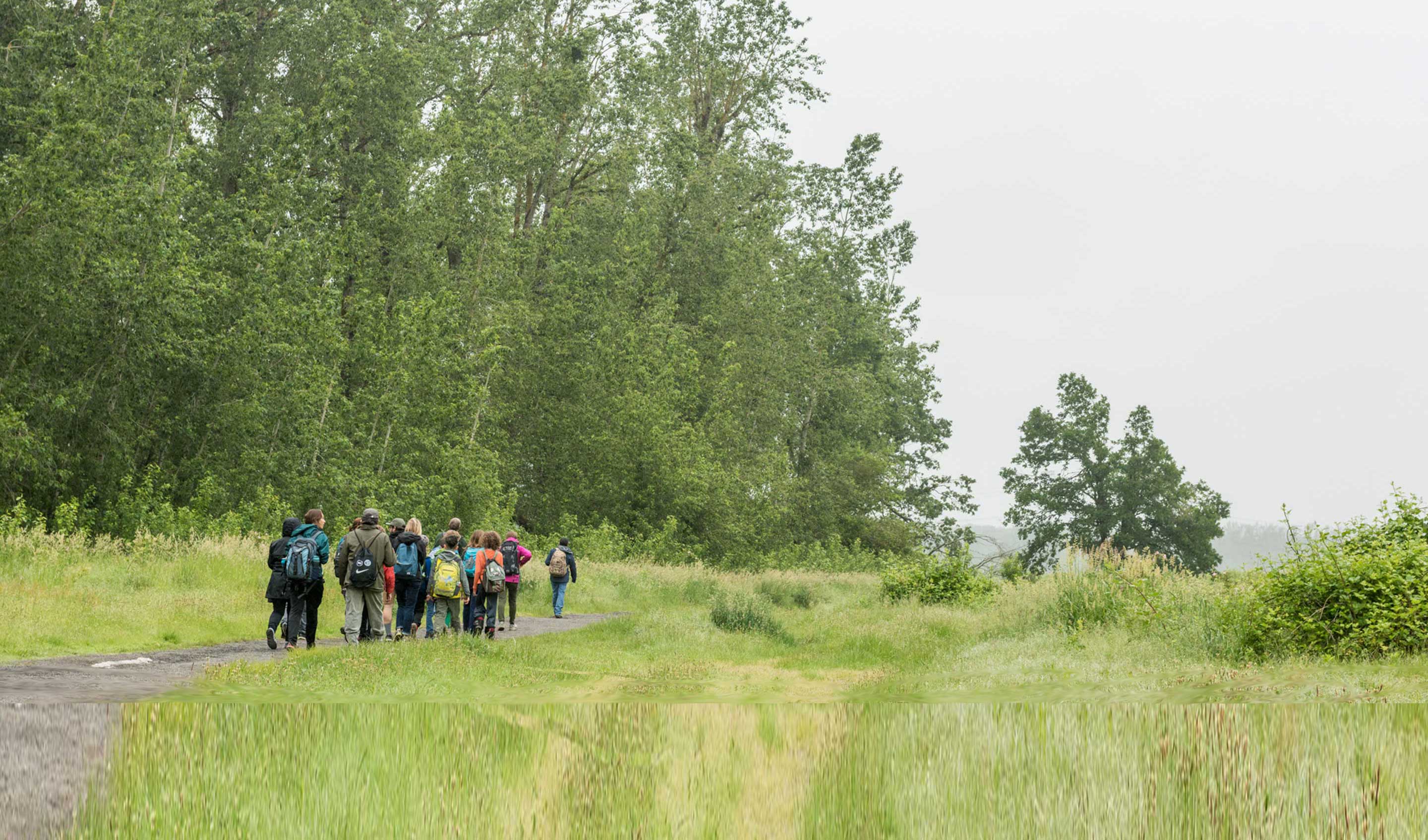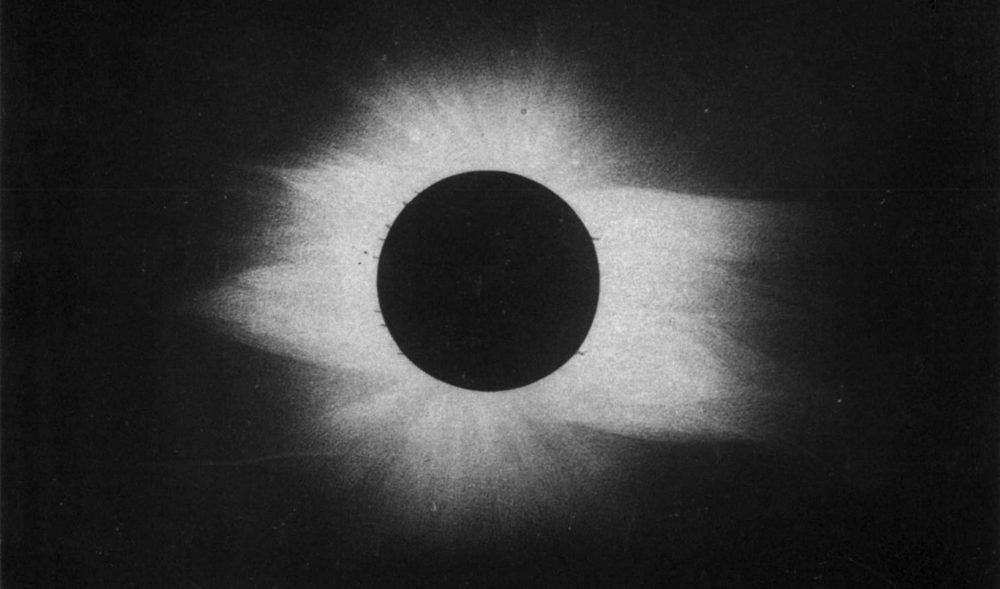Confluence Library
The introduction of apple trees and other orchard fruits to the Northwest was very popular with both Native and white populations. Often overlooked, Native women played a major role in cultivating the first orchards.
The densest population of native peoples north of Mexico, the Lower Chinook, Klickitat, and Cowlitz all made the Vancouver area their home. As companies and settlers encroached, the tribes were scattered from this area.
This booklet lays out some of the programs and includes bios of educators.
Botanist David Douglas spent two years traveling the West, surveying plants and animals from Fort Vancouver to Canada, the Rocky Mountains, and Santa Barbara. He advised the Hudson’s Bay Company on planting practices.
Cape Disappointment, at the mouth of the Columbia River on the Pacific Ocean, hides a bay full of plants, animals, and birds, as well as visitors. Here, Waikiki Beach is the only safely swimmable coast in Washington.
The Vancouver Land Bridge was constructed to provide quick access from the Columbia River to Fort Vancouver. Lined with native plants, it has inscriptions in nine different Native languages and art by Lillian Pitt.
This resource list is designed to go along with Confluence’s Field Guide for the Sandy River Delta. This resource list is made out of interviews with Indigenous leaders from the Columbia River, educational shorts made by the Sandy River Watershed Council, articles on wildlife, and more.
The Ghost Dance was a type of dance which accompanied Paiute Chief Wovoka’s prophecy of a return to Native ways. It was popular with the Oglala Sioux but was blacklisted by settlers, and led to the Ghost Dance War.

